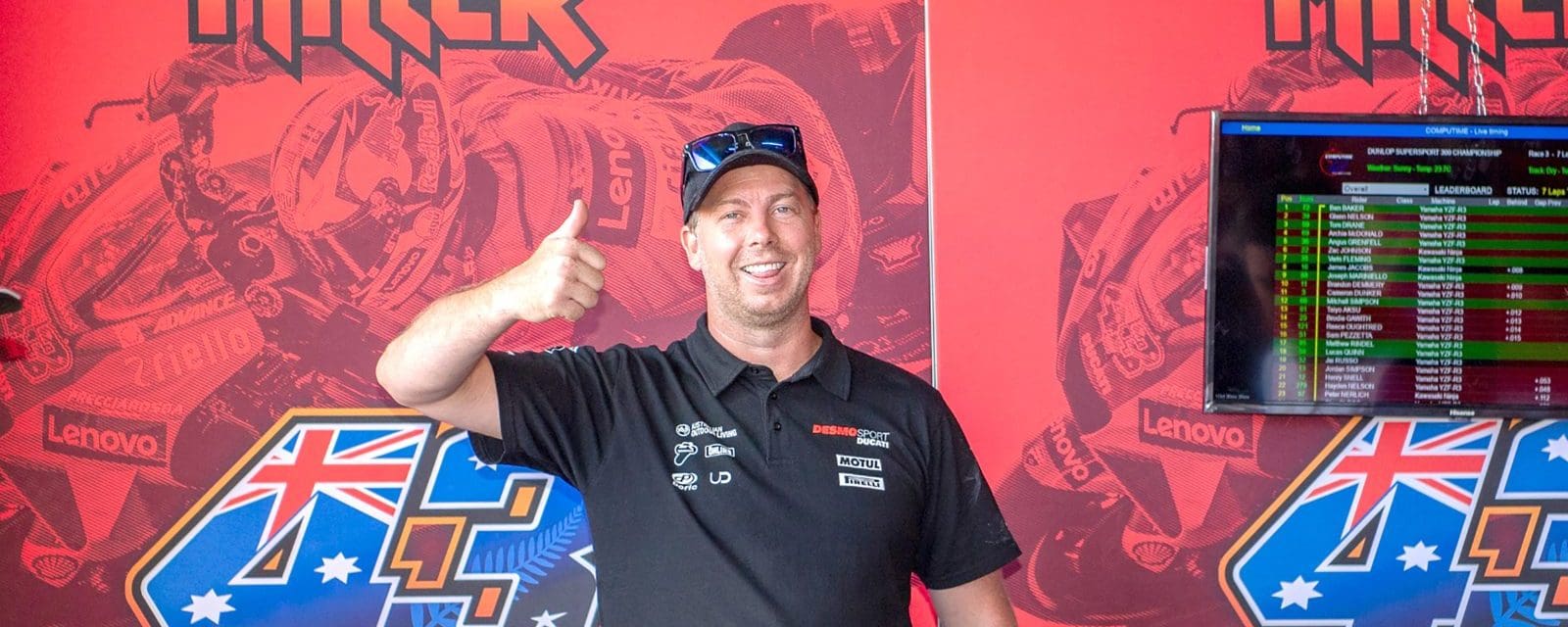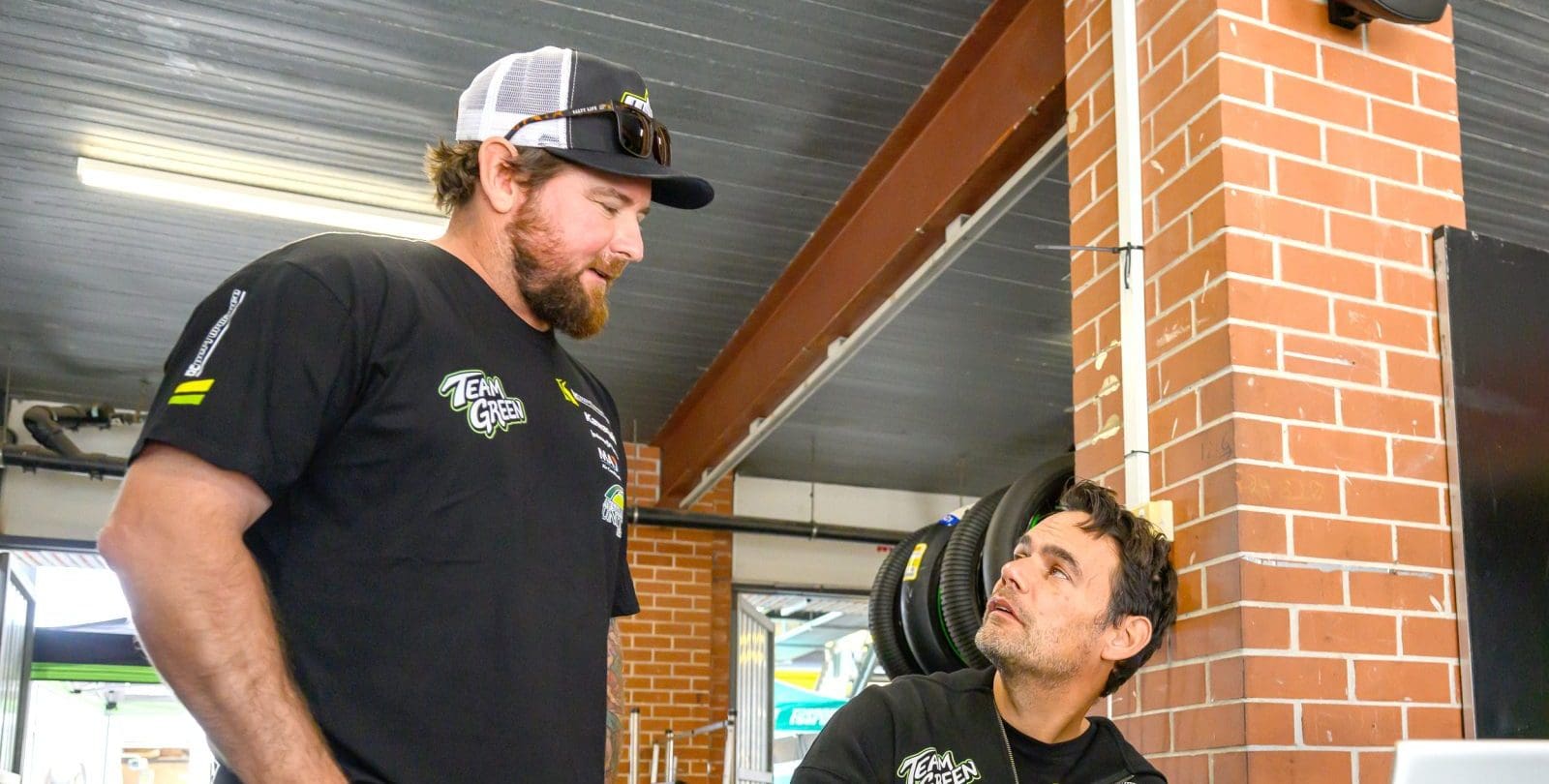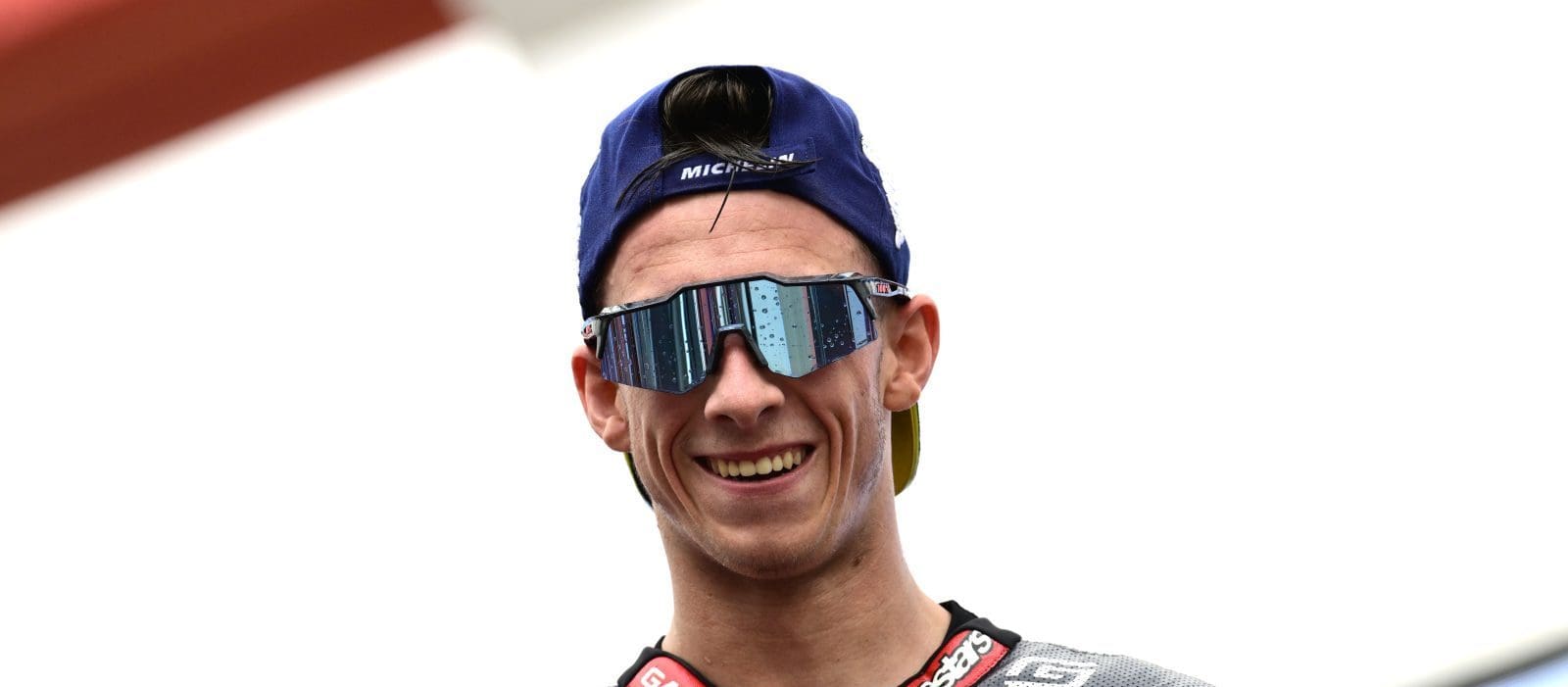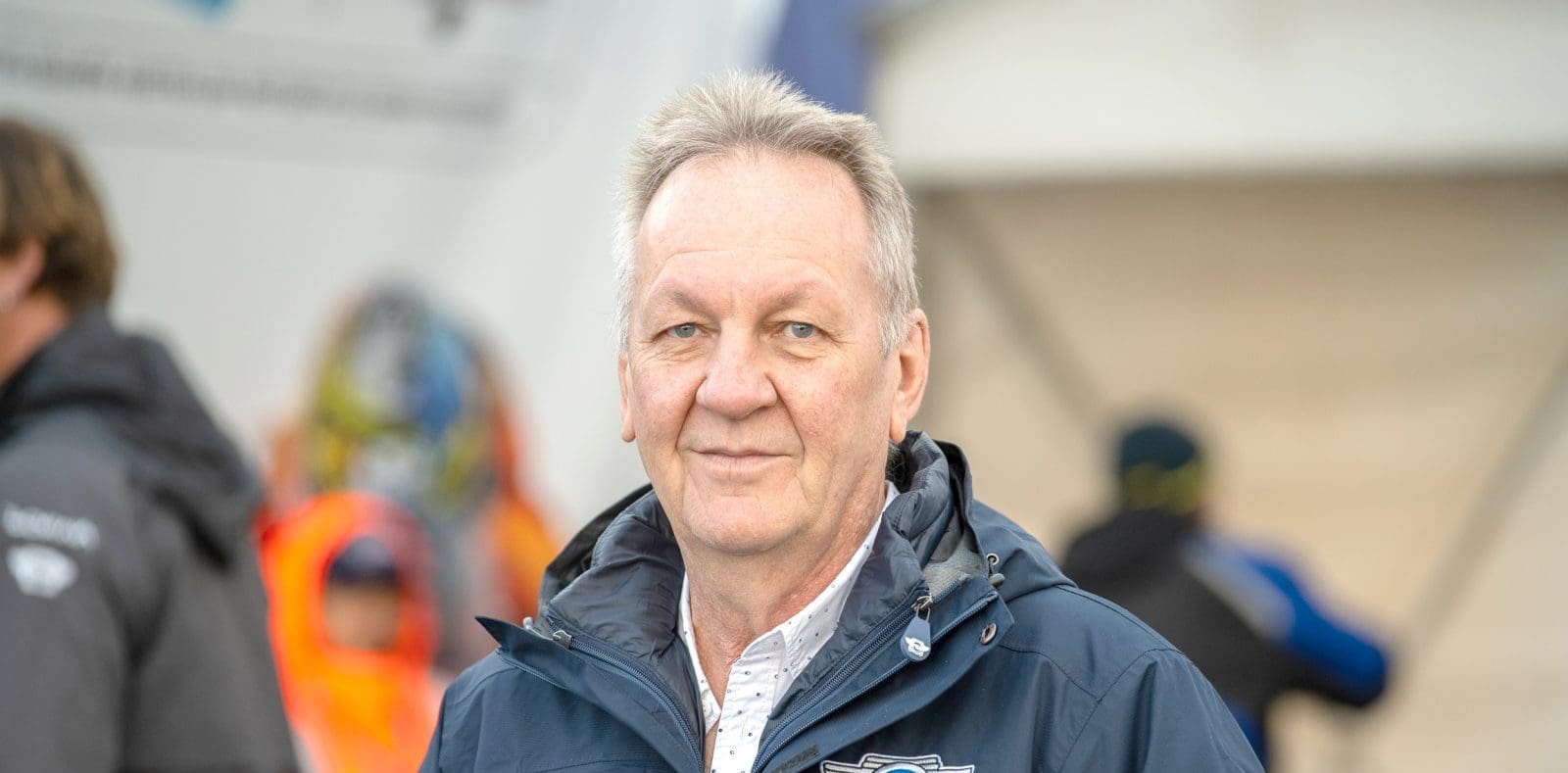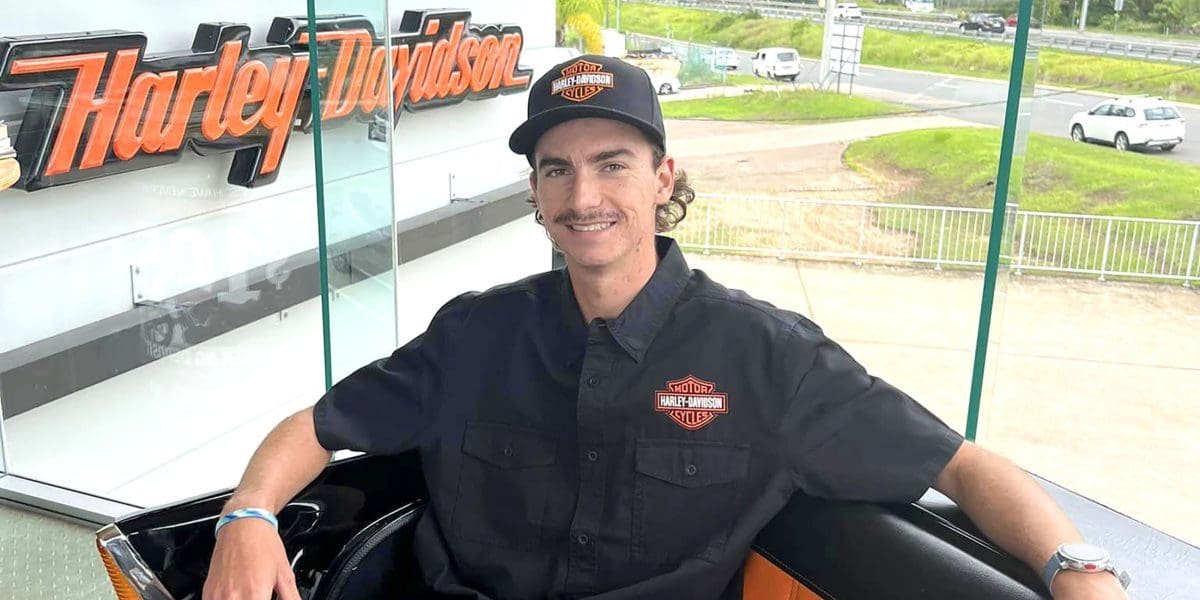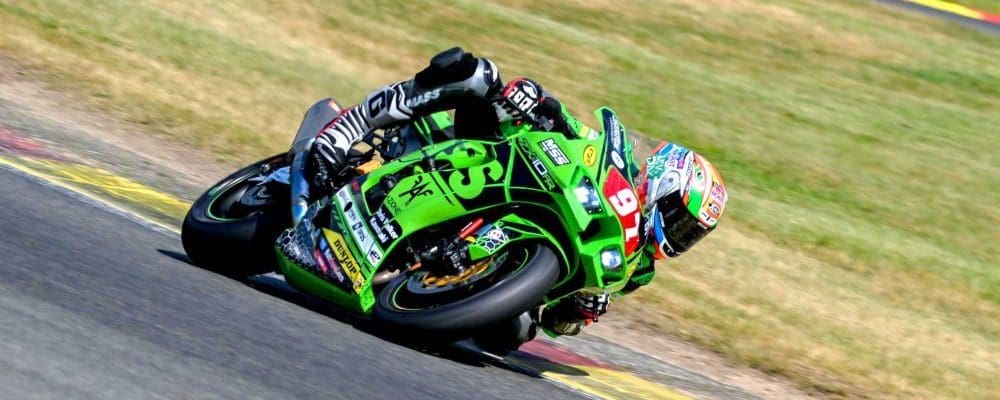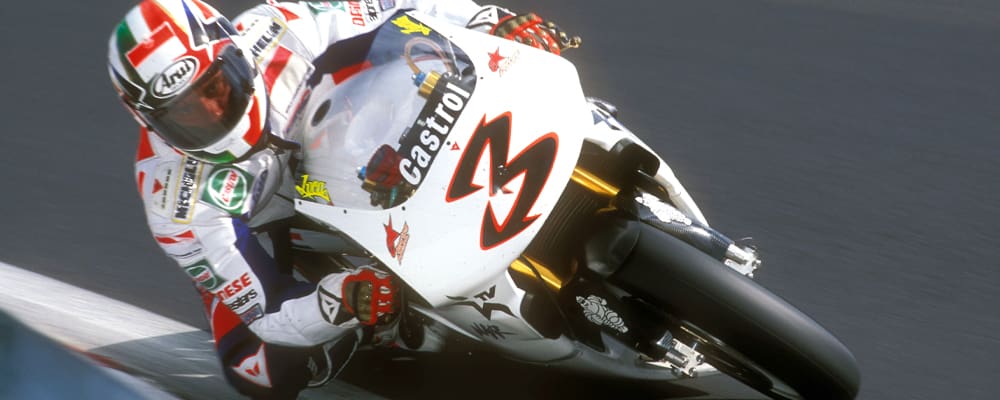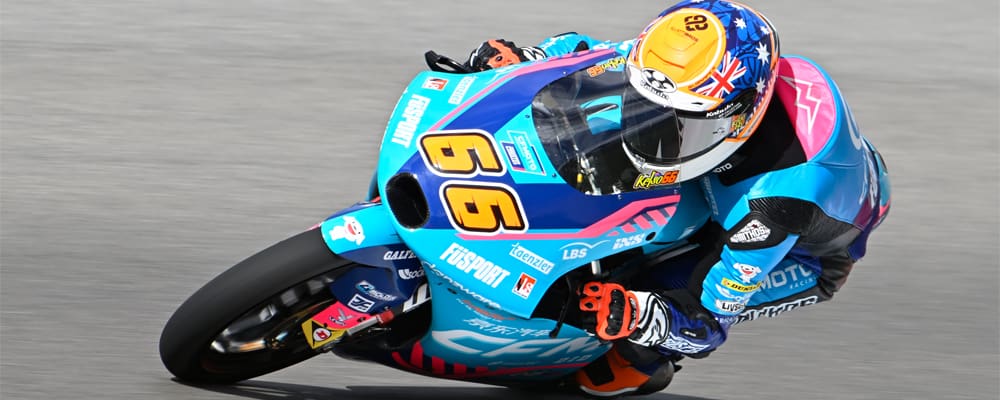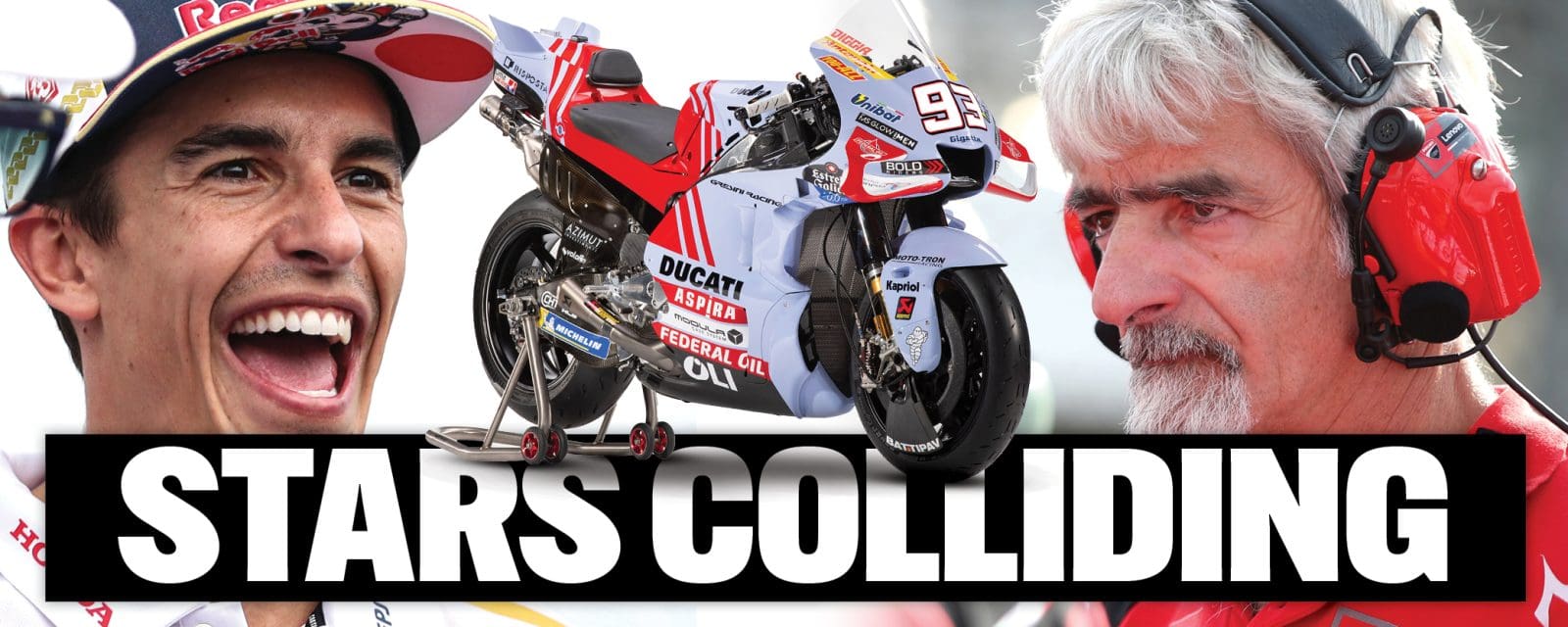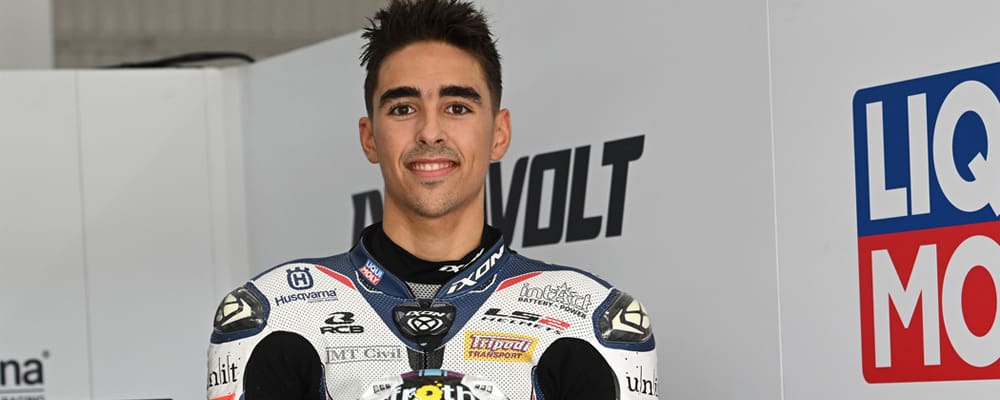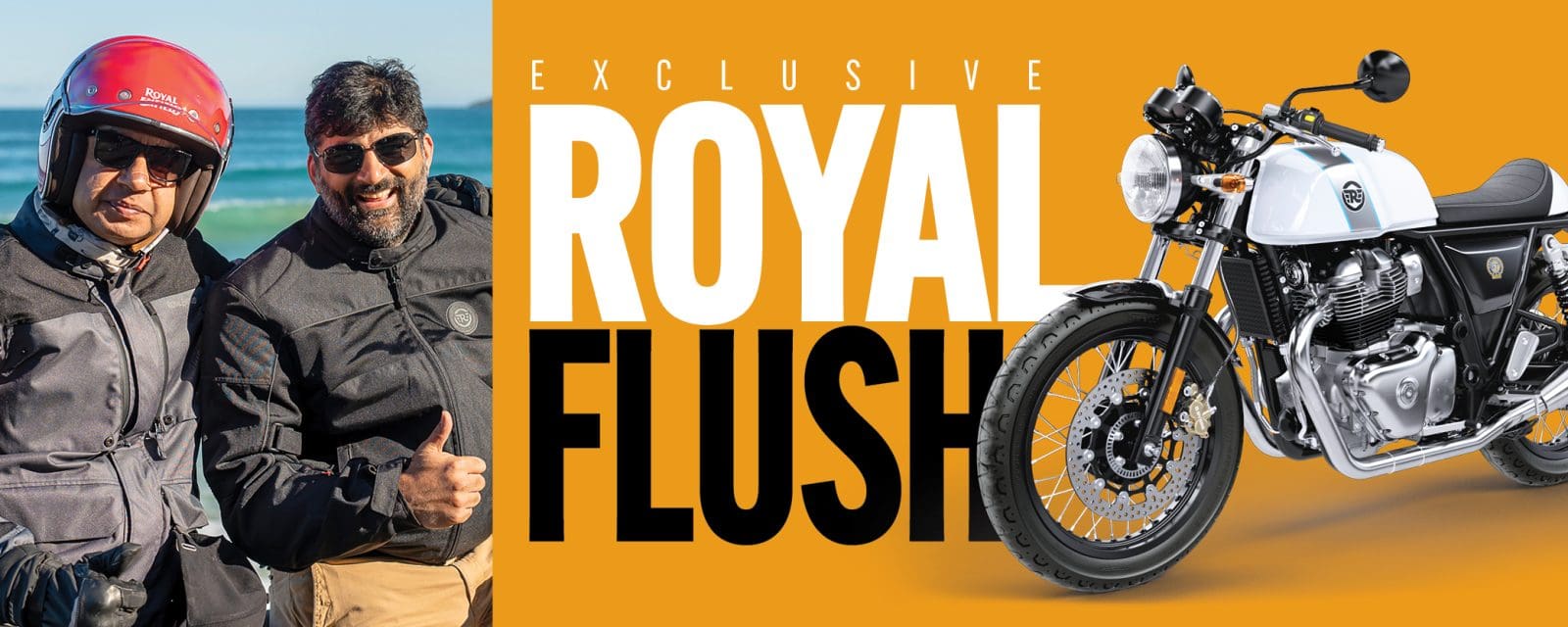You’re a well known guy in the racing scene and many readers will know your face, but fill us in on what it is that you do.
On race days I look after everyone’s tyre needs with my role at Pirelli, but I’m also a Level 2 accredited Motorcycling Australia coach. I operate Advanced Rider Training, where we help and assist riders and try and prevent a lot of heartache and injury. We see anyone and everyone from juniors to everyday riders, we try and help them to think ahead about what are the right things to do and what might catch them out. It’s about passing on many years of experience between myself and the team. I find the track coaching and tuition a lot less stressful – not having to deal with oncoming traffic and trucks! But there are a lot of people who come to us that have passed their licence test – but they still don’t have the fundamentals. That’s a worry, but it’s also a good opportunity to get things right.
You operate out of Morgan Park with Motorcycle Sportsmen of Qld. Tell us a bit more about what riders can expect when they attend an event.
It’s a great building exercise for the club and it really helps guys who might otherwise want to go fast on the road. When Motorcycle Sportsmen run a club racing weekend, there is a practice day on the Friday and we run a coaching day on the Thursday. It’s a great sequence of days for people to brush up on their skills or learn the track prior to a race weekend. There’s people from all walks of life that turn up and some travel huge distances; one friend is 70 years old on a BMW 1000RR and he’s started club racing. We try and instil all the safety requirements needed for riding on a circuit.
Let’s talk about a few common safety points. How about when entering the track?
Usually you enter the track on a fast part of the circuit, so you really have to be careful not to impede anyone on the racing line. I think of it like this: If someone had a 303 rifle at the other end of the straight and fired it when you entered the track, could you get out of the way in time? The closing speeds on modern bikes are tremendous. We try and instil that if you make a mistake, it’s a life-changing moment for all involved.
What about start procedure? You really need to have a high level of situational awareness.
During our coaching days we practice starts in the afternoon, basically the last thing of the day. We normally suggest that with everything we do as riders, we need a plan. You need to know where your grid position is… and watch the grid marshals – even watch them during other races and note their process. Starts aren’t comfortable; you have to crouch with your weight forward and your eyes up on the starter. And you need to keep your eyes up because if something unfolds in front of you, you need to react fast. As soon as lights and timing are involved, it’s a whole different world to a track day. You line up on the grid and it’s on – but if you have a problem you need to let people know in no uncertain terms. Wave both hands frantically, both arms, grab someone’s attention, because in a few seconds a bike could be coming at you at 120km/h or more.
One of the things you talked about at the rider briefing was warning about buying cheap parts for your bike off the internet. Can you expand on that a little?
It all comes down to getting what you pay for. I can give plenty of examples. You can buy cable ties for $2 a packet at the cheap shops and, guess what, they don’t work. But you can buy the UV-rated type for $32 a packet, and they last forever and tension-up properly.
When it comes to rear-sets and levers, they are readily available from China and they look great, but generally speaking they just aren’t constructed well enough. There was a guy I saw in Darwin who had his front brakes binding up and they kept wheeling him off the grid back to the pits, changing calipers and everything – but it was the cheap levers. Sometimes the genuine parts cost a fortune in comparison, but it’s better than having a front brake bind up and spit you down the track.
By Matt O’Connell

